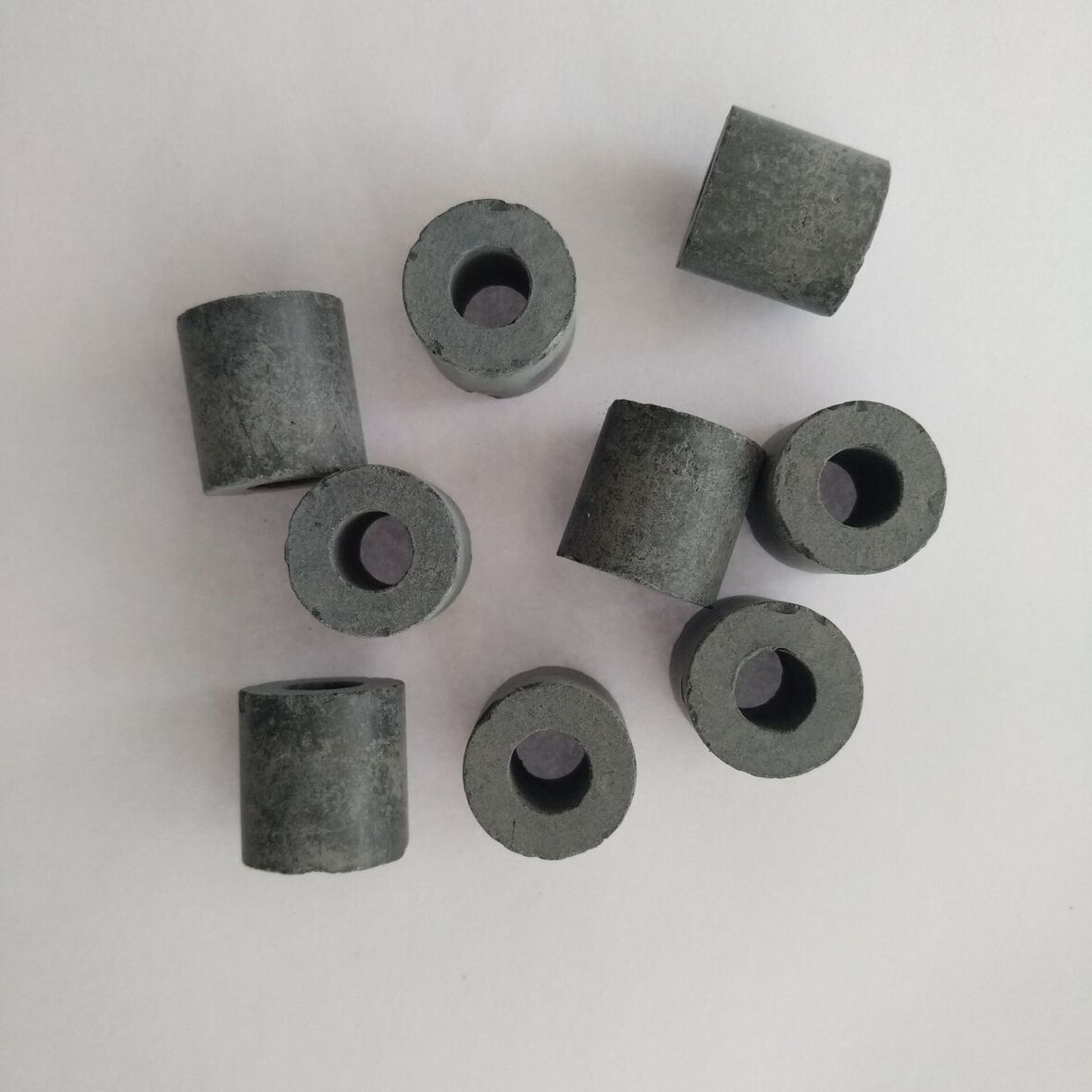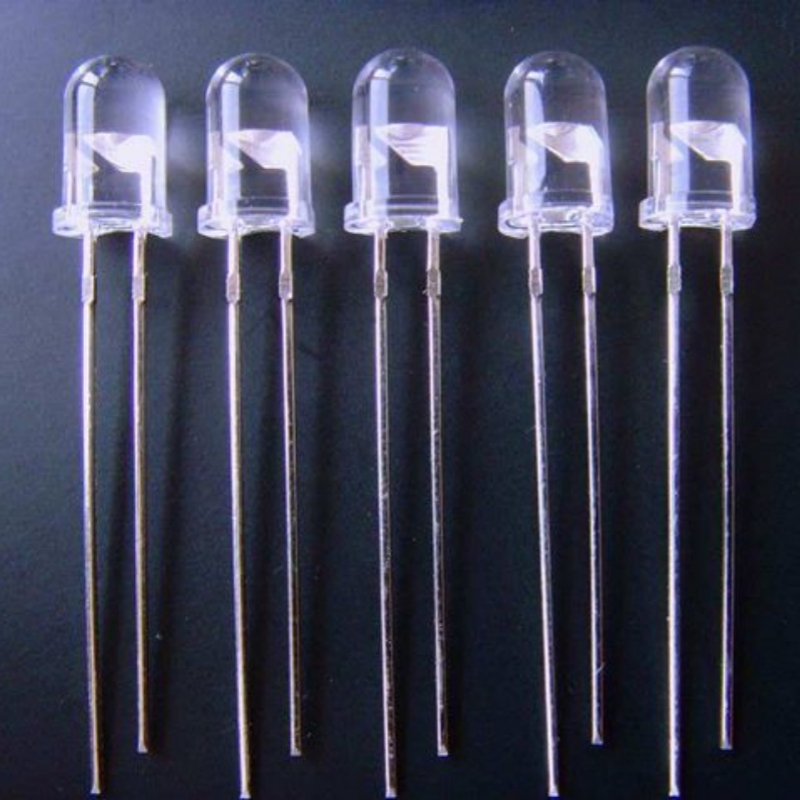High-efficiency ammonia decomposition catalyst — nickel-based hydrogen production catalyst is a specialized catalytic material designed for effective ammonia breakdown into hydrogen and nitrogen. Engineered with advanced nickel-supported formulations, it ensures optimized reaction kinetics, superior hydrogen yield, and exceptional thermal stability for industrial hydrogen generation and ammonia treatment applications. This catalyst is widely used in fuel refining, hydrogen purification, and petrochemical industries, providing reliable performance in high-efficiency gas transformation processes.
Product Overview
This ammonia decomposition catalyst is specifically designed for hydrogen production processes, where it significantly improves catalytic efficiency in ammonia decomposition reactions. Composed primarily of nickel as the active component and aluminum oxide as the support, with additional special additives, this catalyst has proven to be stable, highly active, and robust under industrial conditions. It has been widely applied in ammonia decomposition hydrogen production units and successfully exported to North America, the Middle East, Southeast Asia, and other regions, receiving favorable market feedback.
Key Features
- High Activity: The nickel-based catalyst provides exceptional catalytic performance, particularly effective in ammonia decomposition reactions.
- Strong Stability: Proven over long-term use, this catalyst remains stable in high-temperature and high-pressure environments.
- High Strength: It features excellent compressive strength, ensuring long-term, stable operation in industrial applications.
- Wide Adaptability: Suitable for use in various ammonia decomposition hydrogen production units, meeting diverse industrial needs.
- Long Lifespan: The catalyst maintains performance over extended periods, reducing the frequency of replacements and minimizing operational costs.
Applications
- Ammonia Decomposition for Hydrogen Production: Widely used in ammonia decomposition hydrogen production units, providing high-efficiency ammonia decomposition reactions.
- Industrial Hydrogen Production: Applied in various hydrogen production processes, increasing ammonia decomposition rates and hydrogen yields.
- Petrochemical Industry: Provides stable catalytic support in the petrochemical industry, particularly in ammonia-based chemical production processes.
- Gas Purification: Facilitates the removal of ammonia from gas purification processes, enhancing product purity and reaction efficiency.
| Physical and Chemical Properties | |
| Property Name | Value |
| Appearance and Size | Ash-gray Raschig ring shape |
| Geometric Size (Outer Diameter × Height × Inner Diameter) | 19 × 19 × 9 (mm) |
| Bulk Density (Kg/L) | 1.10~1.20 |
| Chemical Composition (%) | NiO ≥ 14.00, balance: Al₂O₃ + additives |
| Loss on Ignition | ≤20 |
| Radial Compressive Strength (Average) (N/particle) | ≥ 400 |
| Low Strength Particle Percentage (Particles with strength below 180 N/particle) | ≤5.0% |
| Heat Resistance Indicator | No sticking or cracking after calcination at 1300℃ for 2 hours |
| Heat Resistance Performance | Can operate long-term at 1200℃, no melting, shrinkage, or deformation at 1400℃, stable structure and good strength during high-temperature operation |
| Pressure | 0.01 MPa - 0.10 MPa |
| Temperature | 750℃ - 850℃ |
| Ammonia Space Velocity (hr⁻¹) | 350 hr⁻¹ |
| Ammonia Decomposition Rate (%) | 99.99% (min) |
 new material
new material








